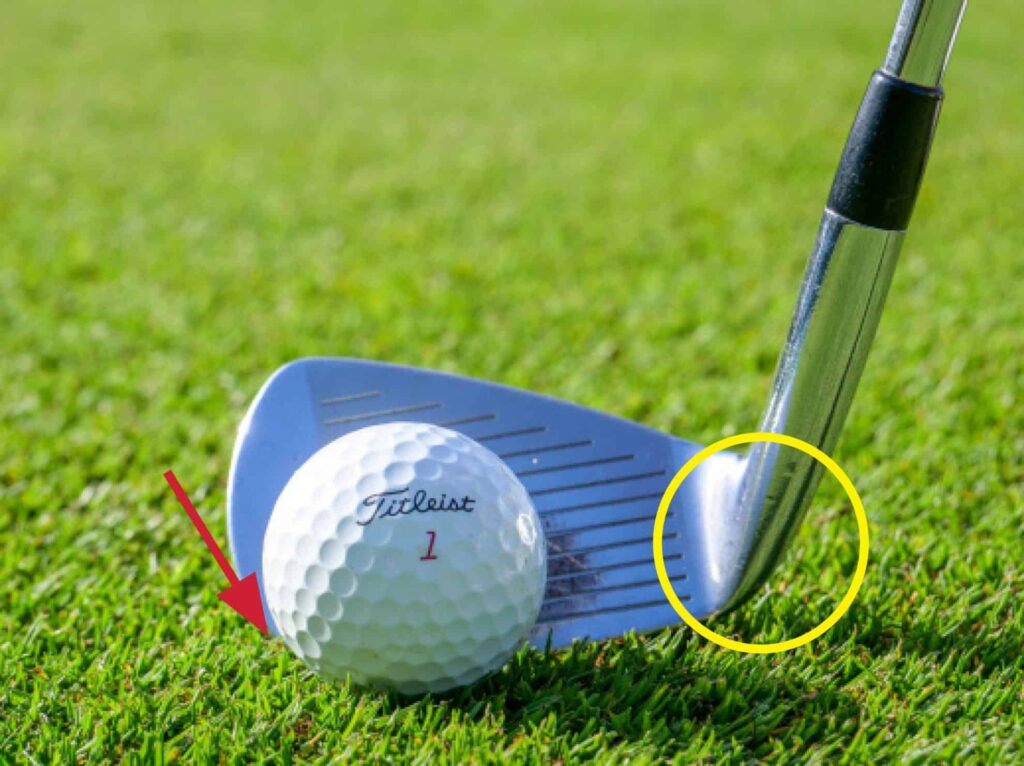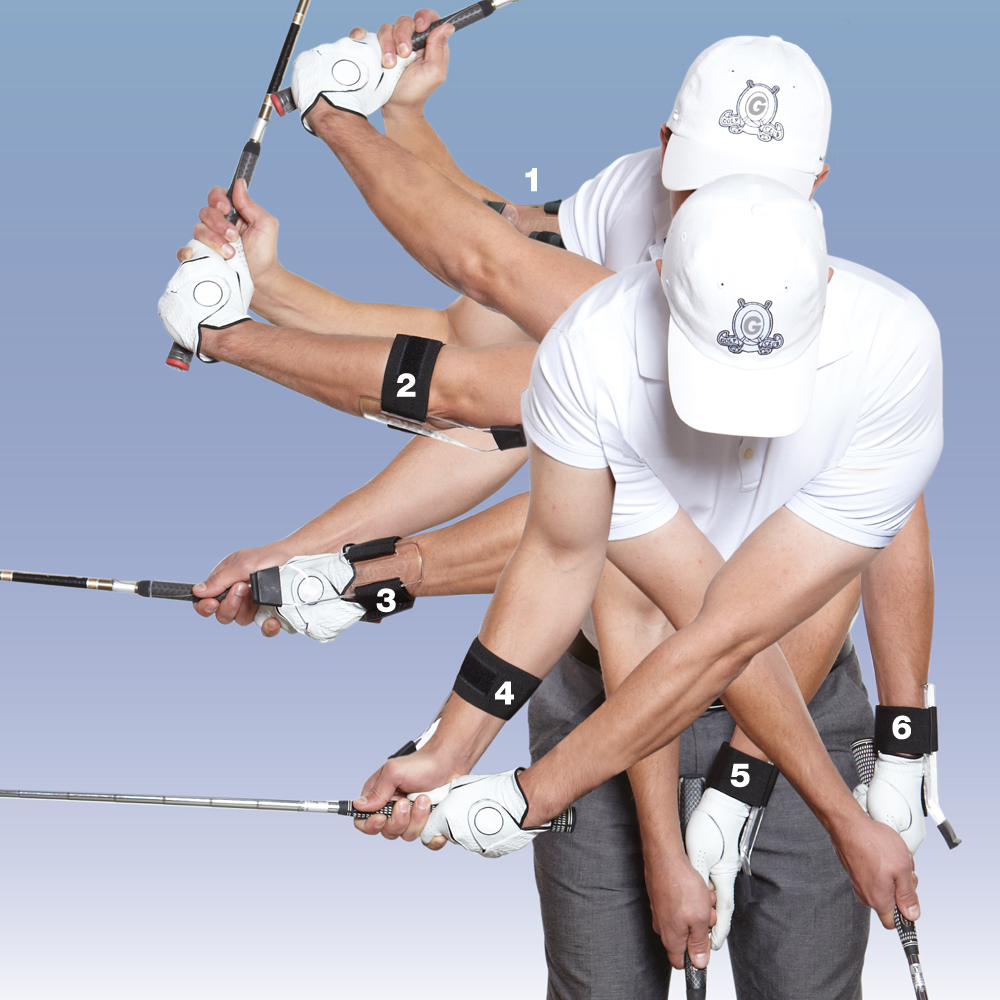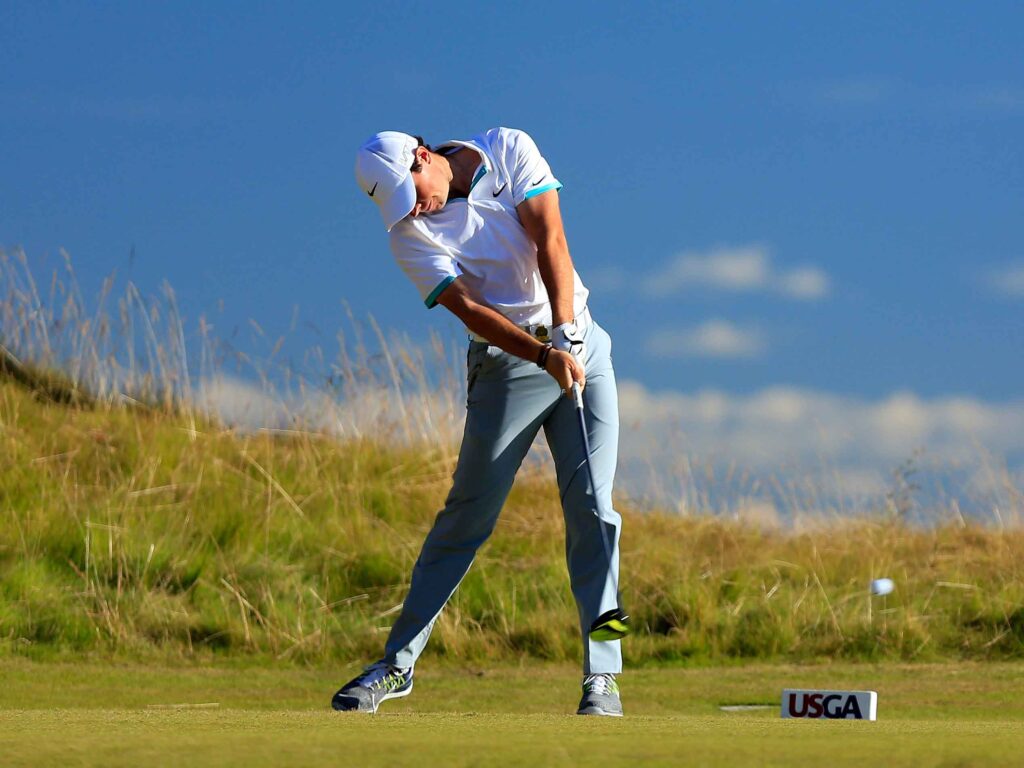Golfers who shoot in the 80’s and 90’s need to focus on one stroke more than any other to lower their scores. Great chipping is by far the most important shot that you need to conquer before you will break into the occasional 70’s game.
Mid-handicap golfers miss over 50% of the Greens In Regulation. The higher the percentage of misses, the higher your score on every round. Missed Greens In Regulation also end up costing you more strokes if you can’t chip your next shot for a 1 putt par or a 2-putt bogie.
Of course, you need to practice your drives and approach shots but until you perfect them you need a chip shot that will get your ball close to the hole for a single putt. Too often mid-handicappers mishit their short chips because they are trying to make the perfect shot exactly the way the pros seem to make every shot. Unfortunately, by using a full backswing and wrist release through the ball, you often end up hitting your ball FAT or THIN.
It takes a lot of practice to make a professional chip shot where you hit your ball and then cut under the ball by a fraction of an inch on bare ground or through deep rough. The chance of mishitting your shot increases with the length of your WILD backswing.
WHY NOT PUTT YOUR CHIP with a perfectly controlled putting stroke? [I saw this method presented by Danny Maude.] The putting swing is the easiest swing in golf. You only need to swing in a pendulum motion to impact your ball at the bottom of your arc (exactly with the same length of arms when you setup for your shot).
Learn to chip using any iron like your 6 iron to run up to 30 yards to the hole or a wedge to chip and run 5 feet. Choose the appropriate club depending on how far your ball will run-out on the fairway leading to the green or the depth of the green. Because you are only making a pendulum swing by rocking your shoulders, you can minimize the chance of mishits.

Putting-Chip Execution
1/ Slide your hands down to the bottom of your grip (on your chosen club) so that the angle of your shaft is almost vertical, and the blade of your club is only touching the ground with the outer toe of the face.
2/ Make a flat wrist swing (like a putting stroke) in a pendulum motion so that the toe of your club impacts your ball by clipping it off the ground at the bottom of the swing arc.
3/ Practice your backswing and follow-though with enough distance and speed to carry your ball over the rough and to roll out to the hole. [For deep rough just use more power and practice.]
4/ Focus your eyes on your ball during your backswing and through impact as you must hit your ball exactly on the toe of your club and up your target line. [Don’t rotate your head.]
Practice your Putting-Chip pendulum swing with a flat leading wrist using your GOLFSTR+ training aid. Buy one today at www.GOLFSTR.com
Thought for the Day: Never wash your ball on the tee of a water hole.




